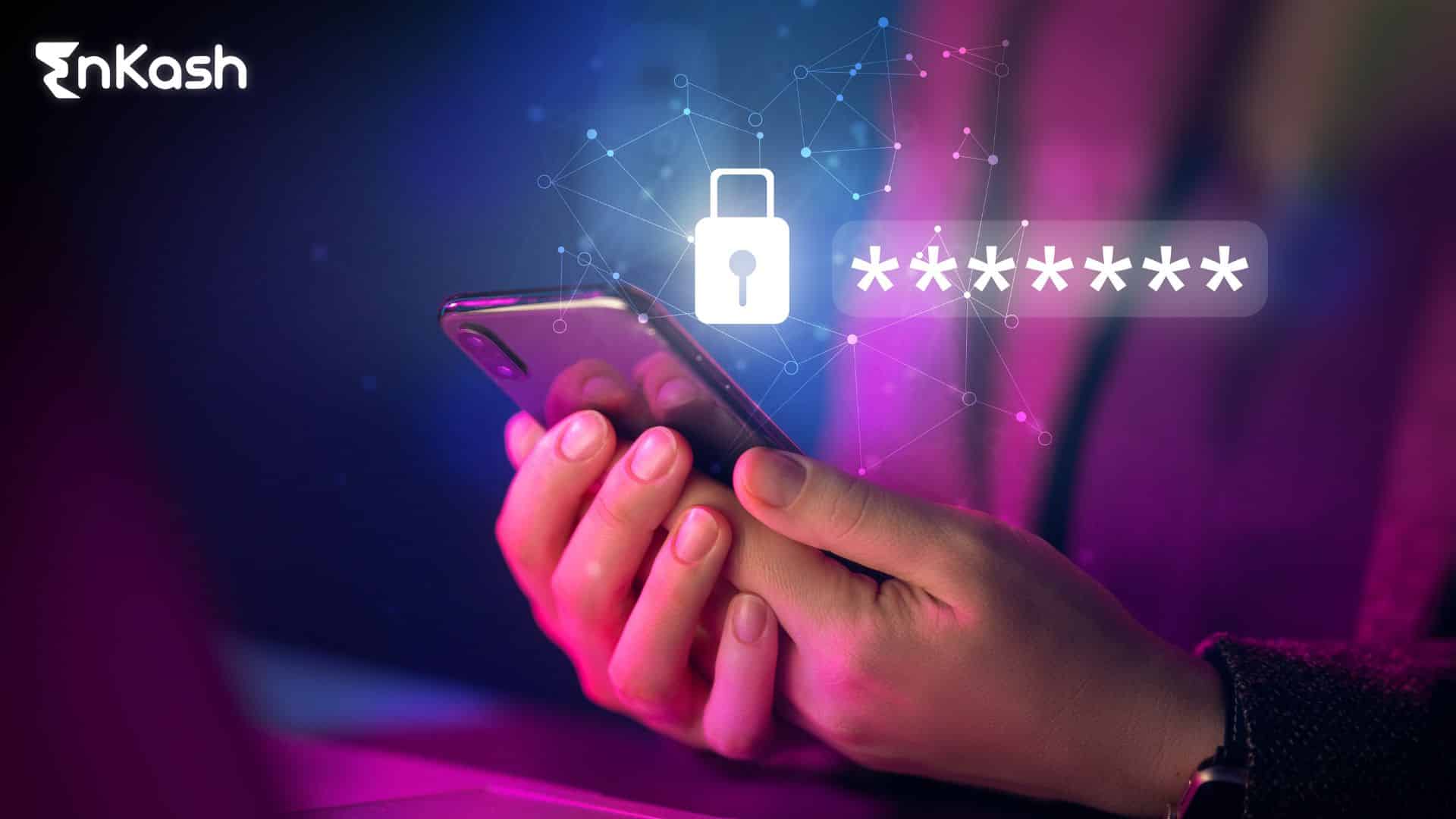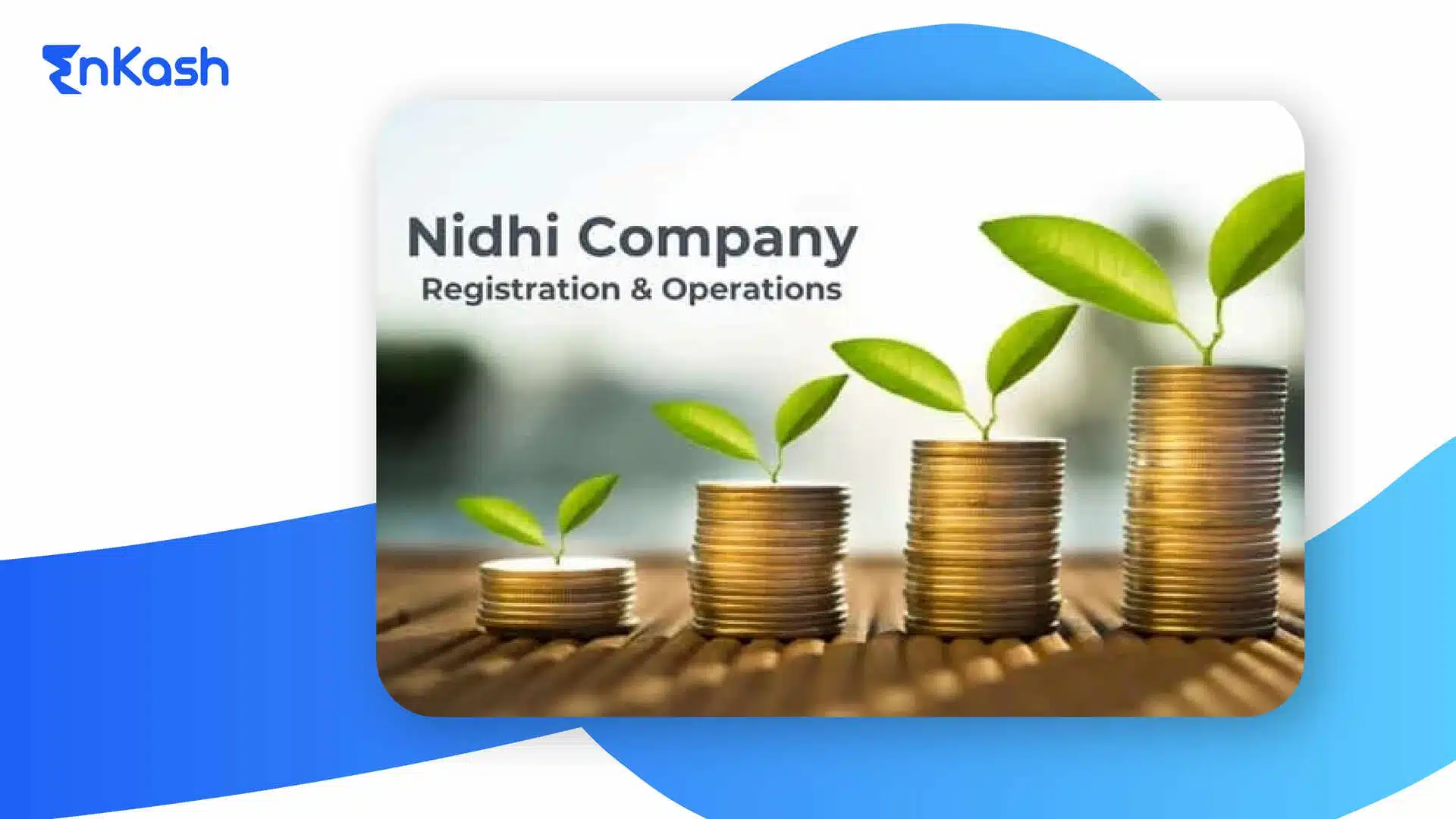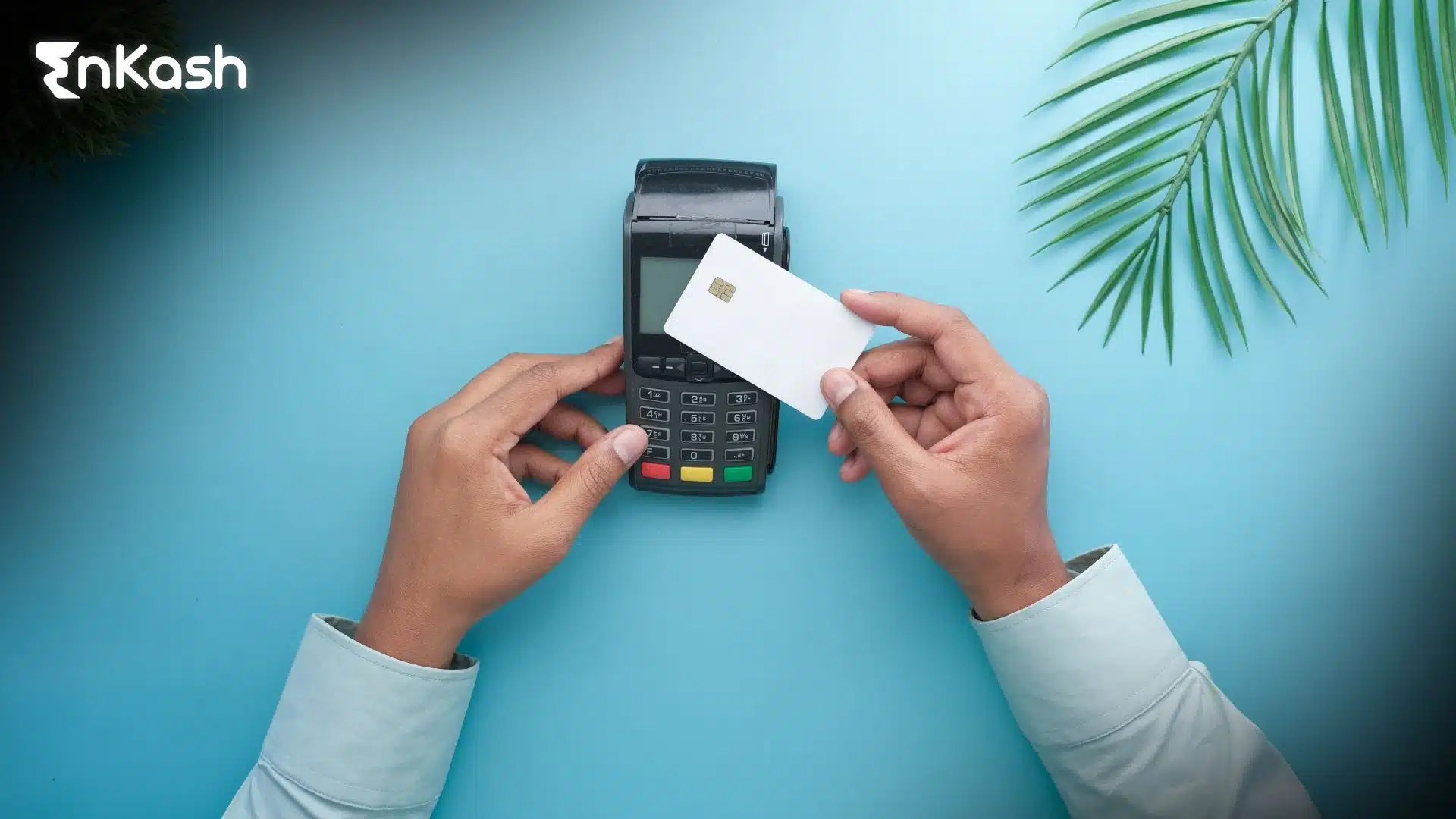Breaking Down End-to-End Encryption for Payment Environments
The digital shift in financial transactions has made payment gateway security a central concern for businesses and consumers alike. With transactions flowing through various intermediaries, each step becomes a potential point of vulnerability. This is where understanding the end-to-end encryption meaning becomes essential for anyone operating in or relying on secure online payment systems.
At its core, end-to-end encryption is a process where sensitive data, such as cardholder information or account details, is encrypted at the source of the transaction and decrypted only at the authorized endpoint. This means that from the moment a customer enters their information into a payment page, it remains unreadable to unauthorized third parties. Depending on the system, the merchant may only see limited non-sensitive data (e.g., masked PAN or transaction metadata), while full card data remains encrypted. This differs from basic encryption methods, where data may be protected only during part of its journey, leaving it exposed at certain stages.
The reason for adopting end-to-end encryption in payments goes beyond simply ticking a compliance box. It creates a secure tunnel that blocks unauthorized access, intercepts attempts to steal information, and safeguards consumer trust. When implemented properly, this system ensures that even if a criminal manages to breach a network or intercept a data stream, they cannot decipher the contents without the appropriate private key held securely at the processor’s end.
The payment environment today includes multiple elements, web browsers, mobile apps, payment terminals, backend servers, and processing networks. Each of these touchpoints can be vulnerable if not protected. What makes end-to-end encryption different is that it eliminates reliance on the security of each individual point. Instead, it focuses on ensuring the data is never exposed in any readable format as it travels through the entire system.
In simpler terms, end-to-end encryption is like placing your payment data in a locked box before sending it through a delivery route filled with bystanders. Only the intended recipient, who has the key, can open the box. This way, even if the box is intercepted along the way, its contents remain secure.
Understanding the importance of this protection highlights why businesses need to invest in systems that support full-path encryption. Payment gateway security is not only a technical requirement but also a fundamental promise to customers that their financial information will be handled with the highest level of care and confidentiality.
Read more: How Secure Payment Gateways Safeguard Your Business
Mechanics Behind Encryption in Digital Payment Platforms
Every time a customer enters card details online or completes a swipe at a store, sensitive data moves through a chain of systems. Keeping this information secure is the job of encryption. To understand how encryption works in payment gateway platforms, it’s important to break down each step of the data journey and the safeguards applied along the way.
Here is how the encryption process unfolds during a payment:
Data is encrypted at the entry point
The moment a user enters card or bank details on a checkout page, the data is encrypted right on the device. This ensures that no readable information leaves the user’s system.
Encrypted data is transmitted through secure channels
As the data travels through the merchant’s system, the payment gateway, and on to the payment processor, it stays in encrypted form. None of the intermediaries can access or view the actual contents.
Decryption occurs only at the endpoint
Typically, the payment processor or a designated secure hardware module (HSM) at the gateway holds the private key. In some architectures, acquiring banks may perform decryption, but this varies.
Multiple encryption standards are used
Most systems combine AES for encrypting the transaction data and RSA for securing the key exchange. These layers keep the process secure without causing slowdowns.
Gateways apply further protocols to reinforce security
Beyond basic encryption, encryption in payment gateways includes additional measures like secure session handling, tokenized backups, and strict access controls.
Each step is designed to ensure that at no point is customer information exposed. By following this layered structure, gateways can offer a high level of data protection and maintain trust in digital transactions.
Read more: The Need for Payment Gateways: Why Payment Gateways Are Important
Transaction Flow and Security Layers Explained
A payment is never as simple as it looks on the surface. Once the customer clicks to pay, the transaction is routed through several layers, each with its own role in processing and validation. If any link in this chain is left unprotected, the entire system can be compromised. This is why how end-to-end encryption secures payment gateways is an essential concept to understand for anyone managing digital transactions.
Below is how the transaction flows through multiple checkpoints, and where encryption safeguards apply:
User submits payment information
The process begins when the buyer inputs card or wallet details. At this point, end-to-end encryption locks the data before it exits the device.
Merchant server forwards encrypted data
The merchant’s system receives the data in encrypted form. Since the content is unreadable, it cannot be used or leaked even if the server is targeted.
Payment gateway transmits information securely
The payment gateway acts as a tunnel, passing the encrypted payload to the next node without altering or accessing it.
Processor decrypts and initiates authorization
At the processor’s side, the data is finally decrypted. Authorization requests are sent to the issuing bank after verifying card details and checking account status.
Bank approves or declines the transaction
The issuing bank reviews the request and responds with an approval or decline. This decision is passed back to the processor and then to the merchant.
Response is relayed back through the same chain
The merchant receives the result and shows the customer whether the payment was successful. All communication remains encrypted until it reaches the final point.
This structure ensures that end-to-end encrypted transactions protect sensitive data at every step without relying on each component to secure it individually.
Security Beyond Firewalls: Encryption’s Real Role
Most people assume that strong passwords, antivirus tools, or firewalls are enough to protect payment data. In reality, those are only surface-level protections. When financial information moves across systems, real protection comes from encryption. This is why e2e encryption plays a critical role in making digital payments truly secure.
Firewalls are designed to block unauthorized access to systems, but they do not protect the content of the data moving through them. If a bad actor gains access to the internal network, the firewall becomes irrelevant. That is where end-to-end encryption provides the deeper defense layer that firewalls alone cannot offer.
Here is what makes payment gateway security more effective with encryption:
- Firewalls guard the system. Encryption guards the data.
Even if someone bypasses network security, encrypted data stays unreadable.
- Encryption travels with the data.
Unlike static protections like access control lists, e2e encryption wraps the information itself in protection.
- Prevents data leaks from inside systems.
Encryption limits the risk even if internal staff or third parties access stored or transferred data.
- Helps identify tampering.
Encrypted data often includes digital signatures or hash validation, which highlight unauthorized changes during transit.
- Supports compliance.
Firewalls are not enough to meet regulatory expectations. End-to-end encryption is required by most modern standards.
Security in digital payments has to be portable and persistent. This is why end-to-end encryption has become a cornerstone of serious efforts to secure transactions from the inside out.
Read more: Online Money Transfer – A Guide to the Dos and Don’ts
Tokenization and E2EE: Complement or Competition?
In conversations around data security, tokenization and encryption are sometimes confused as interchangeable. However, they serve different functions and can actually work together. To understand modern payment protection, it’s important to examine the distinction and synergy between end-to-end encryption vs. tokenization in payments.
Here’s how each method works and where they intersect:
- Encryption secures the data in motion
End-to-end encryption scrambles sensitive payment data at the source and keeps it protected until it reaches the final processor. If intercepted, the data remains unreadable.
- Tokenization replaces the data altogether
Once a payment is processed, tokenization substitutes the real card number with a token. This token has no value outside its specific context, reducing risk if stored data is breached.
- E2EE prevents leaks during transmission
When a customer submits card details, encryption ensures that the data is never exposed in transit. This protects against interception at public networks, merchant servers, or third-party gateways.
- Tokenization protects stored data
While end-to-end encryption is ideal for in-motion data, tokenization is often used for repeat billing, saved cards, or payment profiles. Since tokens cannot be reversed, they offer strong post-transaction safety.
- Both can be used together for layered security
A common and effective setup is to encrypt data during the transaction and then tokenize it before storing. This dual-layer model covers both transit and storage vulnerabilities.
- Compliance and risk management demand both
Most regulatory bodies recommend or require both techniques. Combining them helps organizations reduce their PCI DSS scope while offering maximum safety to customers.
In today’s high-risk payment environment, comparing end-to-end encryption vs. tokenization in payments is less about choosing one over the other and more about knowing when to use both.
Read more: Payment Gateway Integration Guide: Simplify Your Online Payments
Business Advantages of Encrypted Payment Systems
Security is no longer just a backend concern. Customers now expect it, regulators demand it, and businesses depend on it to maintain credibility. By implementing end-to-end encryption, companies are not only protecting transactions but also building long-term value and trust.
Here are the key benefits that encryption brings to businesses handling payments:
- Reduces the risk of data breaches
With encryption applied from the point of data entry, there’s no readable card or account information exposed at any point during transmission. This minimizes breach impact significantly.
- Improves customer confidence
Knowing that a payment platform uses end-to-end encryption increases user trust. People are more likely to complete transactions and return to platforms that protect their financial information.
- Lowers the risk of chargebacks
Fraudulent transactions often lead to chargebacks, hurting both revenue and reputation. Encrypted systems help detect and block unauthorized activity before it reaches processing.
- Strengthens regulatory compliance
Adopting encryption helps merchants meet PCI DSS and similar standards. It also prepares them for more stringent data laws in global markets.
- Protects stored credentials
Businesses using encryption along with tokenization can offer saved-card features without storing real data. This reduces liability if systems are ever compromised.
- Supports smooth audits and vendor reviews
Encrypted infrastructure signals operational maturity to acquirers, banks, and partners.
In short, why end-to-end encryption is important in payments is no longer a technical question. It is a strategic decision that improves risk posture, customer retention, and business continuity.
Understanding the Cryptographic Foundations of Payment Security
The strength of any encrypted payment system lies in the type of cryptography it uses. Understanding how these methods function helps explain why encryption in payment gateways is trusted to secure sensitive data during every transaction.
Below are the key types of cryptographic techniques and their role in secure payments:
- Symmetric encryption handles high-speed data processing
In this method, the same key is used to both encrypt and decrypt the data. Advanced Encryption Standard (AES) is commonly used for its efficiency and reliability in real-time transactions.
- Asymmetric encryption secures communication between systems
Public-key infrastructure (PKI) involves a public key for encryption and a private key for decryption. This is often used in the initial handshake between the client and the payment gateway, ensuring that only the intended recipient can read the data.
- Hybrid encryption models bring the best of both worlds
Many payment gateway systems use asymmetric encryption to exchange a secure key, which is then used for faster symmetric encryption of the actual data.
- Hashing adds data integrity verification
Hash functions are used to confirm that a message has not been altered in transit. Hashes are not reversible, so they are not used for encryption, but they are essential for authentication.
- Key management systems ensure lifecycle security
Secure storage, rotation, and expiration of keys prevent long-term exposure or misuse, forming an essential part of any encrypted infrastructure.
By using this mix of cryptographic tools, how encryption works in payment gateway technology becomes more transparent and reliable for merchants and users alike.
E2EE in Fintech: Rising Adoption and Challenges
In the fast-moving world of digital finance, security must match speed. That is why the role of E2EE in fintech is becoming increasingly important for new-age platforms. Here are key highlights:
- Fintech firms adopt encryption early to build user trust and meet investor expectations.
- End-to-end encryption reduces regulatory risk, helping startups comply with strict global data laws.
- Legacy system integration can be complex, especially for platforms that scale quickly.
- Best practices include the use of Hardware Security Modules (HSMs), periodic key rotation, strict access controls, and logging of all cryptographic operations.”
- Encryption strengthens competitive advantage, especially in high-risk, high-volume markets.
Closing Thoughts on the Value of Full-Path Encryption
In today’s complex digital payment landscape, securing data at every stage is no longer optional. End-to-end encryption offers a reliable way to ensure that sensitive information stays protected throughout the transaction journey. It does more than just block external threats. It creates a secure communication line from the user to the processor, eliminating exposure at every step.
Businesses that prioritize payment gateway security are not only safeguarding themselves from fraud and legal consequences but also building long-term trust with their users. This trust drives loyalty, reduces operational risks, and prepares companies for stricter compliance standards worldwide.
Understanding the end-to-end encryption meaning is vital for anyone managing or building a payment system. It’s a foundation for sustainable security and essential for keeping digital transactions safe, efficient, and future-ready. The stronger the encryption, the more confidence customers can place in your platform.
FAQs
- Can end-to-end encryption be added to existing payment systems without full redevelopment?
Yes, end-to-end encryption can be integrated using compatible APIs or encryption modules. Payment providers often offer SDKs that allow seamless upgrades to existing systems. This enables merchants to improve payment gateway security without redesigning their entire infrastructure or disrupting customer experience. - What happens if an encryption key is compromised in a payment system?
If a key is compromised, encrypted data may become vulnerable. To prevent exposure, systems implement key rotation and access controls. Managing cryptographic keys securely is essential to maintaining the integrity of end-to-end encrypted transactions. - Is end-to-end encryption enough for PCI DSS compliance?
While end-to-end encryption significantly reduces compliance scope, it alone is not sufficient. PCI DSS requires layered protection, including tokenization, secure storage, access management, and continuous monitoring. Encryption supports compliance but does not replace other security obligations. - Do all payment gateways offer end-to-end encryption by default?
Not all gateways implement full e2e encryption by default. Some may offer basic encryption or SSL-based transit protection. Businesses should confirm the encryption scope when selecting providers to ensure full-path protection is included in the service. - Can encryption slow down payment processing times?
Modern encryption algorithms are optimized for speed and efficiency. For most users, how encryption works in payment gateway systems happens in milliseconds and is invisible to the end-user. Proper implementation ensures minimal impact on performance. - Is end-to-end encryption effective in mobile payments?
Yes, end-to-end encryption is widely used in mobile payment systems. It protects cardholder data entered via mobile apps, NFC transactions, and QR payments by securing data from device to processor, even on unsecured networks. - What’s the difference between SSL and end-to-end encryption in payments?
SSL (now deprecated in favor of TLS) encrypts data between the browser and server. End-to-end encryption ensures the data stays encrypted until it reaches the processor, offering deeper and broader payment gateway security. - How does tokenization support recurring payments alongside encryption?
Tokenization replaces real card data with a non-sensitive token after the initial transaction. This allows end-to-end encryption to protect the first payment while tokens handle future charges securely, reducing risk for stored or repeat transactions. - Can fintech startups implement end-to-end encryption cost-effectively?
Yes, many fintech startups use cloud-based solutions that include E2EE in fintech environments. These tools offer scalable encryption without heavy upfront investment, making advanced protection accessible even to small or growing companies. - How can merchants verify if a gateway uses true end-to-end encryption?
Merchants should ask for documentation on encryption protocols, endpoint encryption scope, and third-party audit reports. Understanding the provider’s encryption design helps verify if end-to-end encryption covers the full payment flow or just a portion of it.








